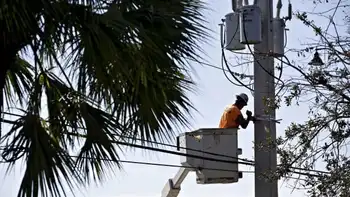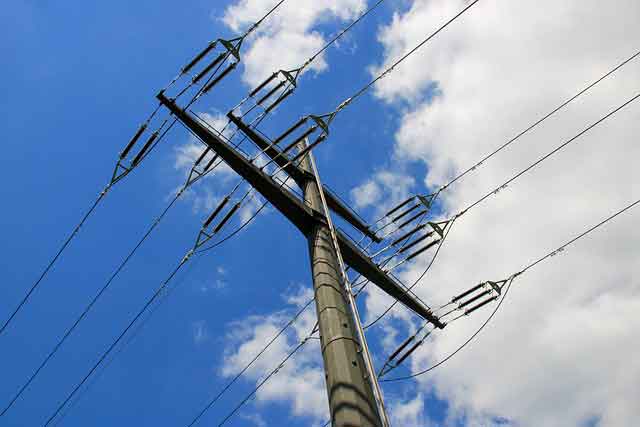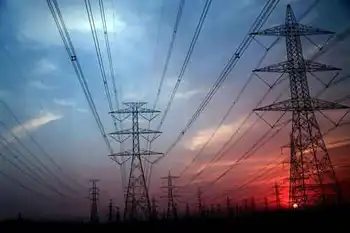Green energy gets blame for high electricity bills
By Troy Media
High Voltage Maintenance Training Online
Our customized live online or in‑person group training can be delivered to your staff at your location.

- Live Online
- 12 hours Instructor-led
- Group Training Available
It is easy and overly simplistic to blame the Green Energy Act for higher electricity prices, as is happening all too often in Ontario. The truth is electricity prices are increasing all across North America, largely due to the simple fact that we are building new power plants and relying less on those built decades ago.
Compare it to owning a car
One way to think about this is to compare it to purchasing a car. It is expensive when you have to make your monthly payments, but once it is paid off there is a period of time when it is fairly inexpensive to own that car, aside from gas and the occasional breakdown. Eventually, those breakdowns become increasingly frequent and your fuel economy is nowhere near that of a new car, so it becomes time to trade it in. Or, you continue to fix and repair every breakdown until the body rusts apart to the point it is no longer safe to drive.
The problem is, you had grown accustomed to not making car payments, and so the new car – even though it uses less gas and creates less pollution – hits your pocketbook. But you cannot magically have your old car back. So you can blame the government for making new cars less polluting, or for introducing a new tax since you bought your last one, but ultimately buying a car in 2011 is more expensive than running one you had paid off 10 years ago.
While the electricity system is a lot more complex than a car, the same basic principle is true for a power plant: new ones cost more. Comparing costs of buying new electricity from wind turbines to current average electricity prices is foolish, if not dishonest. One needs to compare prices to what other options are on the table.
Recent contracts for new small hydro plants in Quebec and British Columbia have come in around 12 cents per kilowatt-hour kW-h, and new natural gas-fired electricity can cost more than 11 cents per kW-h on a 20-year contract, while MoodyÂ’s investment services estimated the cost of a new nuclear plant at about 15 cents per kW-h assuming it is built on budget. ThatÂ’s not to mention additional costs of transmission upgrades for any of the above, or future carbon costs in the case of fossil fuels.
In context, the 13.5 cents per kW-h prices being paid for wind power under the Green Energy Act are competitive for the most part, especially when one considers they are 20-year contracts. While solar prices are significantly higher, one needs to put that in perspective by looking at what it means to the average household. Clear Sky Advisors have done just that and have calculated that, by 2015, even with aggressive growth of solar in Ontario, it would cost the average household the equivalent of a Tim HortonÂ’s doughnut per month. The price of solar energy has been rapidly dropping, so future projects will inevitably be lower cost, but by paying a premium today Ontario is positioning itself to be a major player in that effort.
Huge market to the south
Recently, U.S. President Barack Obama set a target for 80 per cent clean energy in the United States by 2035, creating a huge market to the south to export solar panels, wind turbines and knowhow for the burgeoning Ontario market. So, the question is, does Ontario continue to push forward investing in one of the fastest growing industries in the world, or does it turn back to the smog from coal plants and let someone else take the lead in the clean energy economy?
While there is a price to be paid for clean energy, it needs to be compared to the reality that electricity prices are inevitably increasing as the current electricity system is replaced and updated. But the last time I checked, the price of sunshine and the wind was still zero, so paying a little more to harvest them today will shelter OntarioÂ’s electricity consumers tomorrow.











